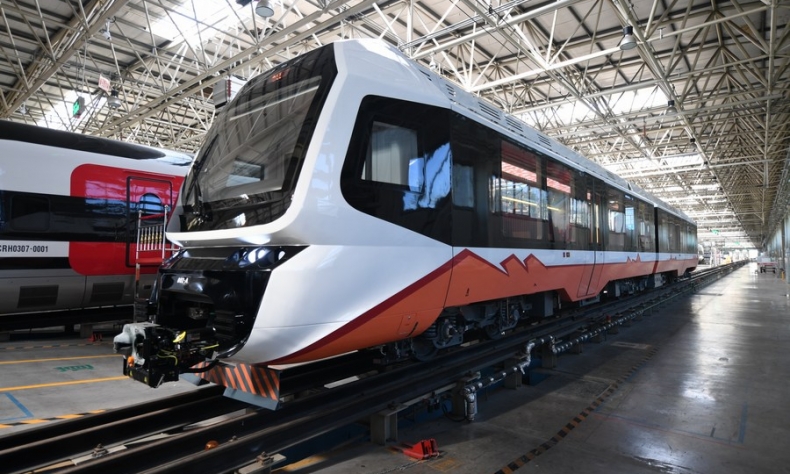No LACk of Opportunities

By learning from each other’s experiences and coordinating development strategies, China and the LAC countries are expected to further expand the horizons of their cooperation in the coming years.
Although latecomers to the Belt and Road Initiative (BRI), following in the footsteps of Asia, Europe and Africa, Latin American and Caribbean (LAC) countries tend to spare no efforts to implement its core missions and step up cooperation.
President Xi Jinping proposed the BRI in 2013 with the aim of boosting connectivity along and beyond the ancient Silk Road routes. The BRI consists of the Silk Road Economic Belt and the 21st-Century Maritime Silk Road. Since 2017, 21 of the 33 countries in the LAC region have signed BRI-related memoranda of understanding and announced related business deals.
Referred to by China as “a natural extension of the 21st-Century Maritime Silk Road,” the LAC region has already become an inseparable part of the BRI.
BRI cooperation mainly works to promote the following five aspects among participants: policy coordination, infrastructure connectivity, unimpeded trade, financial integration and people-to-people exchanges.
Policy cooperation between China and the LAC countries is on the up and up. The China-Community of Latin American and Caribbean States Forum, a platform for intergovernmental cooperation launched in 2014, has formally created a mechanism for China to interact with LAC countries. Dialogue platforms under the forum’s framework cover areas such as infrastructure, agriculture, business and sci-tech innovation.
Investments from Chinese companies, as well as their technical and managerial experience, assist LAC countries in their industrial upgrading. In 2022, China had 140 infrastructure projects in the region that were already finished or under construction, creating 673,000 local jobs. China is a major source of foreign investment in the LAC region.
Apart from energy resources, agriculture and manufacturing, Chinese investment in the region has expanded to infrastructure like electric power, roads, ports and railways, and is foraying into new areas like e-commerce, the Internet of Things and digital technologies, all shored up by improved industrial chains. By 2022, more than 2,700 Chinese companies had secured a foothold in LAC countries.

Literature, movies, news reports, exhibitions and tourism, then, are helping to deepen mutual understanding between people in China and LAC countries. China has opened 44 Confucius Institutes across the region. Confucius Institutes, named after the ancient Chinese philosopher and educator Confucius (551-479 B.C.), serve as nonprofit public institutions to help foreigners better understand China by teaching Chinese language and culture at universities in their host countries.
More and more students from LAC countries have been coming to China in recent years. Meanwhile, the LAC region has been attracting a growing number of Chinese travelers.
The COVID-19 pandemic has undoubtedly slowed down the pace of joint BRI project construction. But in the post-pandemic era, China-LAC cooperation will enter an era of high-quality development. Future and further cooperation requires China and the LAC region to focus on the following aspects:
First comes the sharing of development experience. China is ready to share its expertise in infrastructure management, financing, cross-border financial flows and currency swaps. Based on this, the LAC countries can develop related practices and policies that suit their own national conditions.
Second is to increase the flow of resources into the LAC region. The pandemic has dragged down global economic development. LAC countries, in particular, have an intense desire for the inflow of resources like funds, high-caliber professionals and technologies. This will be another focus of future BRI cooperation.
Third is to put a stop to lingering challenges by accelerating innovation. The pandemic has posed mid- and long-term economic challenges to both China and LAC countries. BRI cooperation will help both sides to weather the storm.
In sum, in the wake of the pandemic, the Sino-LAC partnership must focus on economic development. By learning from each other’s experiences and coordinating development strategies, China and the LAC countries are expected to further expand the horizons of their cooperation in the coming years. All in all, theirs is a partnership with no LACk of opportunities.
 Facebook
Facebook
 Twitter
Twitter
 Linkedin
Linkedin
 Google +
Google +










